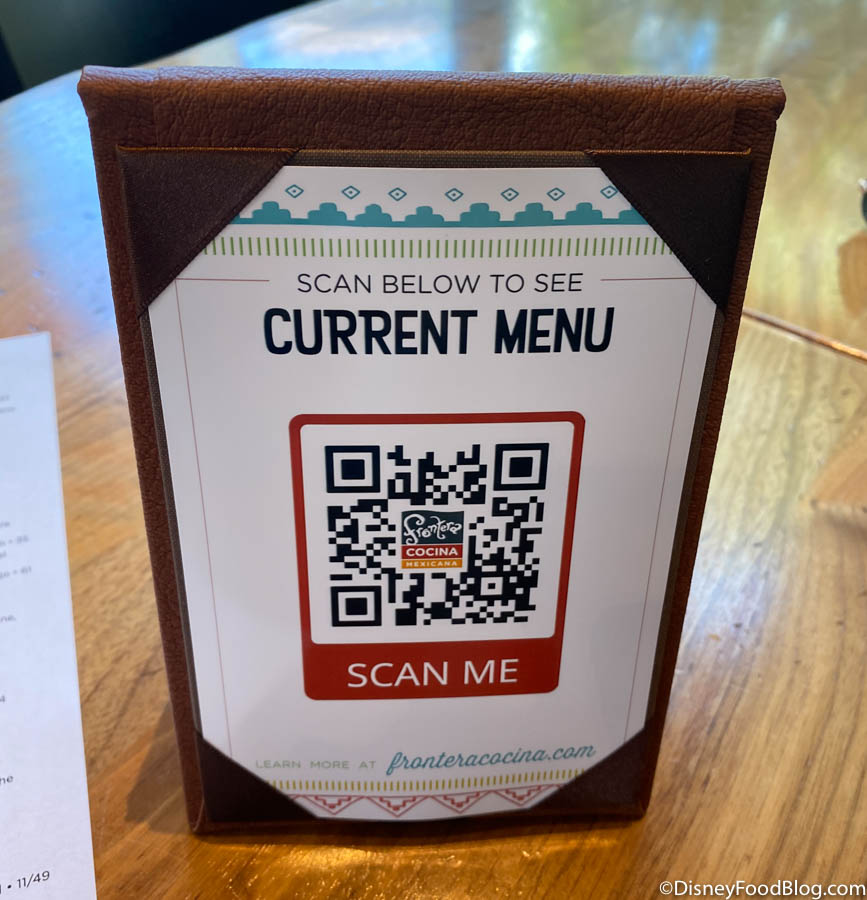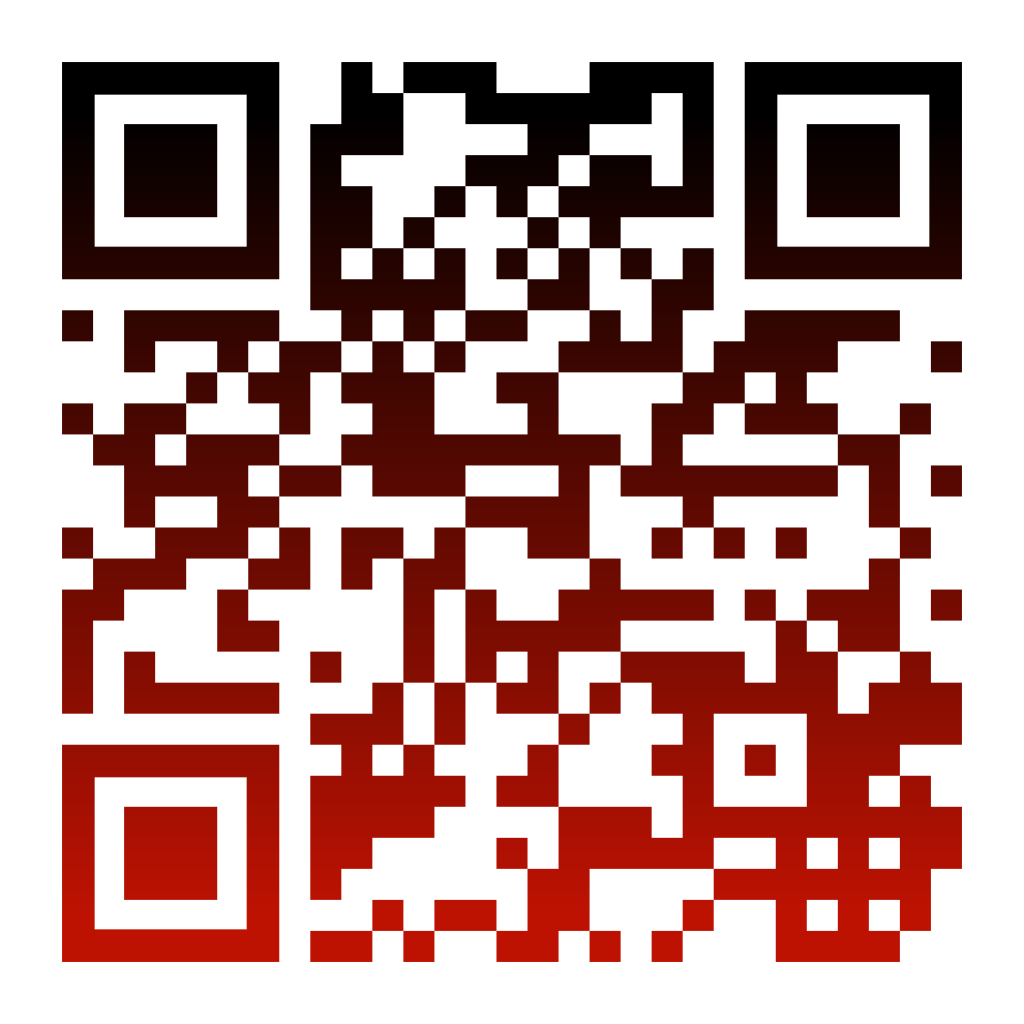

Yum did not use the information to reach out to customers. Teo said that each restaurant’s customer data was available only to that establishment and that Mr. QR codes “are an important first step toward making your experience in physical space outside of your home feel just like being tracked by Google on your screen,” said Lucy Bernholz, the director of Stanford University’s Digital Civil Society Lab.
#Qr code reader for restaurant menu software
It is piloting software in Australia so restaurants can offer people a “recommended to you” section based on their previous orders, Ms. Yum, for instance, uses cookies in the digital menu to track a customer’s purchase history and gives restaurants access to that information, tied to the customer’s phone number and credit cards. These increased digital abilities are what worry privacy experts. Yum inform restaurants what items are selling, so they can add a menu section with the most popular items or highlight dishes they want to sell. Orders placed through the QR code menu also let Mr. Restaurants that use QR code menus can save 30 percent to 50 percent on labor costs by reducing or eliminating the need for servers to take orders and collect payments, said Tom Sharon, a co-founder of Cheqout.ĭigital menus also make it easier to persuade people to spend more with offers to add fries or substitute more expensive spirits in a cocktail, with photographs of menu items to make them more appealing, said Kim Teo, a Mr. “With QR codes, we can get reporting on those scans.” “With traditional media, like a billboard or TV, you can estimate how many people may have seen it, but you don’t know how people actually interacted with it,” said Sarah Cucchiara, a senior vice president at BrandMuscle, a marketing firm that introduced a QR code menu product last year. Businesses also can gather data on consumer spending patterns through QR codes. Deals and special offers can be bundled with QR code systems and are easy to get in front of people when they look at their phones, he said. Square, another digital payments firm, rolled out a QR code ordering system for restaurants and retailers in September.īusinesses don’t want to give up the benefits that QR codes have brought to their bottom line, said Sharat Potharaju, the chief executive of the digital marketing company MobStac. In May 2020, PayPal introduced QR code payments and has since added them at CVS, Nike, Foot Locker and around one million small businesses. Half of all full-service restaurant operators in the United States have added QR code menus since the start of the pandemic, according to the National Restaurant Association. Then came the “pandemic, and it’s amazing what a pandemic can make us do,” he said.

In 2017, he said, Apple made it possible for the cameras in iPhones to recognize QR codes, spreading the technology more widely. In the United States, the technology was hampered by clumsy marketing, a lack of consumer understanding and the hassle of needing a special app to scan the codes, said Scott Stratten, who wrote the 2013 business book “QR Codes Kill Kittens” with his wife, Alison Stratten.


 0 kommentar(er)
0 kommentar(er)
